|
A number of aircraft entered production during WWII before they were found to be
failures, for various reasons, in their planned role. This included fighters, bombers and
other combat aircraft, as well as some training designs. Want to know more about WWII color photographs?
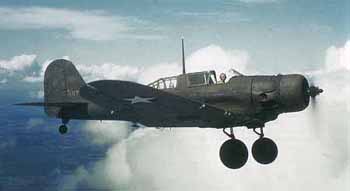 |
| The first military design by Northrop, the A-17 was a development of the Gamma and
Delta commercial monoplanes. Delivery of 110 A-17s (the design never seems to have
acquired a name) began in late 1935, with another 129 improved A-17As ordered in 1936. The
A-17s were powered by on less successful Pratt & Whitney engines, the R-1535, rated
from 750 to 825 horsepower in the versions fitted. By mid-1940 most were removed from
active U.S. service and many ended up in British service in South Africa. Two were
re-engined with 600 hp P&W R-1340-45s and used as three-seat command transports under
the designation A-17AS. Image Source: Fred E. Bamberger, Jr.
from WWII War Eagles in Original Color by Jeff Ethell
and Warren M. Bodie, used with permission. |
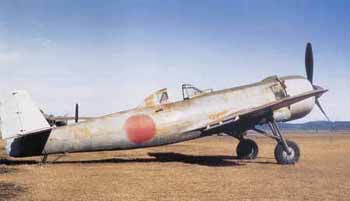 |
| The Nakajima Ki-115 Tsurugi (Sabre) was an attempt at a simple, easy to build, suicide
attack aircraft to help defend the Japanese homeland from invasion in 1945. Designed to be
powered by any radial engine in the 800-1,300 horsepower range, its maximum speed was
expected to be about 320 mph. This speed was only achieved after the fixed landing gear
had been jettisoned, as landing was not required on combat missions. When flight testing
began in March 1945, the landing gear gave problems, and ground handling and visibility
were very poor. After modifications to the gear, about 100 were produced but the war ended
before any saw operational use. In the hands of Japanese pilots with very little training
and facing experienced Hellcat and Corsair pilots, the handful of Ki-115s would have had
little chance. Image Source: George E. Miltz, Jr. from WWII
Pacific War Eagles: China/Pacific Aerial Conflict in Original Color by Jeff Ethell and Warren M. Bodie, used with permission. |
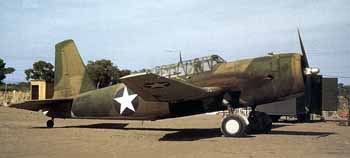 |
| The Vultee Vengeance (company designation V-72), also known as the A-31 and later
A-35, was designed to meet British requirements for a dive bomber, and the type did see
service with RAF and RAAF squadrons. It was employed as a target tug by the USAAF.
Building the 1,931 Vengeances occupied production facilities that could have been used to
produce P-38 fighters in 1942-43. One airframe was used to test Pratt & Whitney's
R-2600 and later R-4360 engines. Image Source: Fred E.
Bamberger, Jr. from WWII War Eagles in Original Color by Jeff Ethell and Warren M. Bodie, used with permission. |
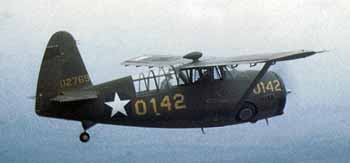 |
| The Curtiss O-52 Owl was designed in 1939 as a flying observation post, and 203 were
ordered by the Army. Before it got close to combat, tactical observation and liaison
duties were taken over by lighter, simpler planes, such as the Piper Cub (L-4) and similar
designs. Armed with one fixed and one flexible .30 caliber gun and with a top speed of
only 220 mph, the Owl would have been an easy target for fighters. Two or three survive
today in museums or private hands. Image Source: Fred E.
Bamberger, Jr. from WWII War Eagles in Original Color by Jeff Ethell and Warren M. Bodie, used with permission. |
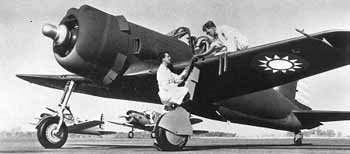 |
| Several companies tried to develop a cheap, lightweight fighter in the late 1930s for
use by smaller countries, and Vultee's design was called the P-66 Vanguard. Powered by a
1,200 hp P&W R-1830 engine and with an empty weight of 5,237 lbs, it had a top speed
of 340 mph at 15,000 feet when flown in 1941. However, sales to Sweden were blocked when
America entered the war, and initial plans to divert them to the British also fell
through. About 104 finally ended up in China, while the remaining 40 or so were assigned
to the 14th Pursuit Group for training and supposed defense of the West Coast. Reportedly,
the Chinese had little luck with the P-66, many being destroyed in non-combat accidents. Image Source: Vultee Aircraft 1932-1947 by Jonathan Thompson. |
|